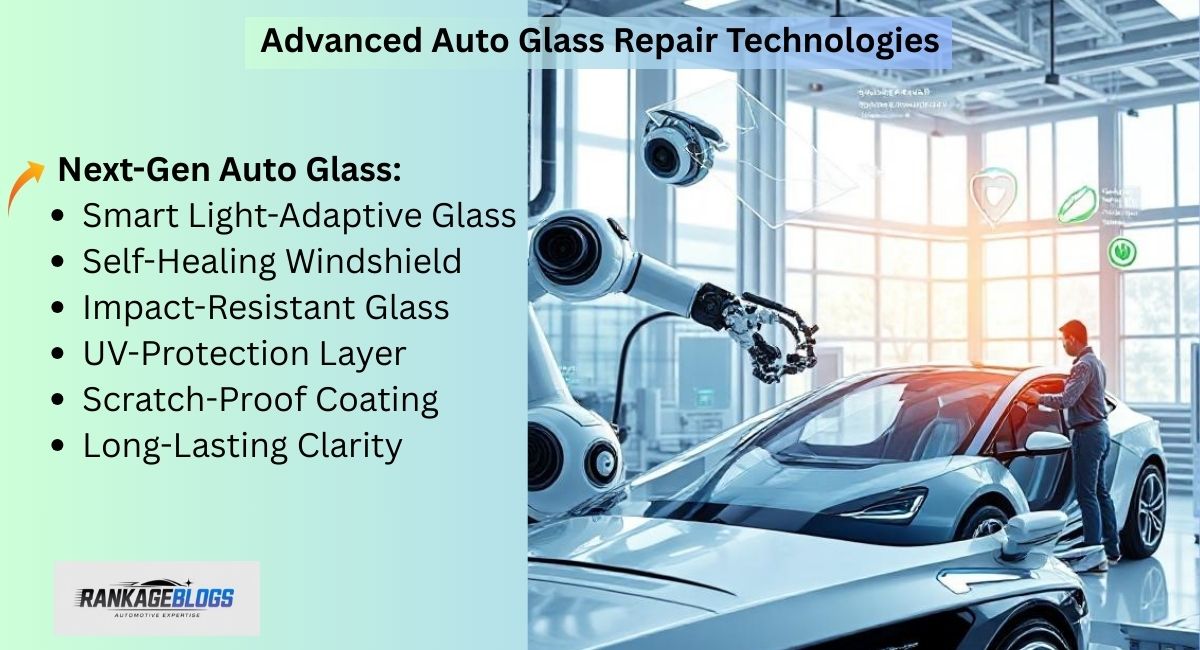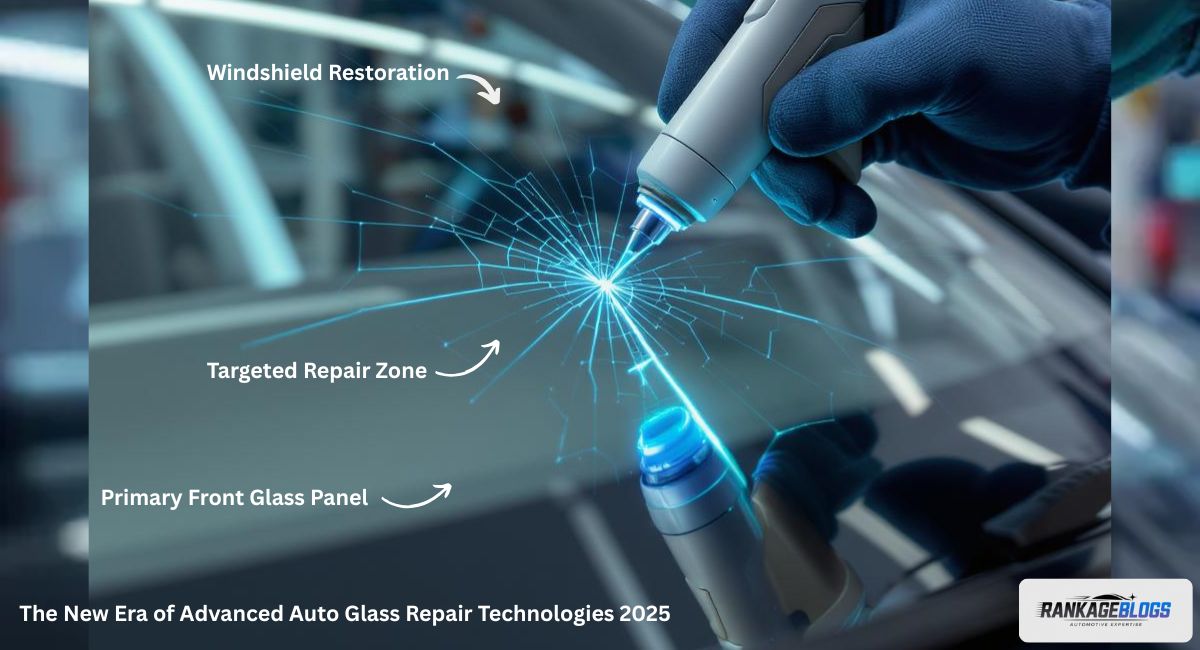The landscape of Advanced Auto Glass Repair Technologies is rapidly transforming the automotive industry with innovative solutions that enhance safety and durability. Modern vehicles now feature smart auto glass, a key part of Advanced Auto Glass Repair Technologies. This glass adapts to changing light conditions. Self-healing windshields can repair minor damage automatically. These advancements reduce repair costs by preventing cracks and chips from worsening. Impact-resistant vehicle glass improves visibility. UV-protection smart glass protects drivers from harsh weather. Additionally, scratch-proof car windows are becoming more common, extending the life of auto glass while maintaining clarity. Together, these technologies promise a safer, smarter driving experience for all.
The New Era of Advanced Auto Glass Repair Technologies 2025

The year 2025 marks a turning point for Advanced Auto Glass Repair Technologies 2025, setting new standards across the United States automotive glass market. Cars today no longer use plain glass. Thanks to Advanced Auto Glass Repair Technologies 2025, they have complex systems that improve safety, comfort, and efficiency. Smart auto glass (glass with built-in sensors, coatings, or electronics to adapt to conditions), UV-protection smart glass (blocks harmful ultraviolet rays), and impact-resistant vehicle glass are now standard in many new models. These advancements not only reduce the risk of accidents but also extend the lifespan of windshields.
In recent years, the demand for road-debris resistant windshields and high-durability laminated glass has increased sharply. Laminated glass means two layers of glass bonded with a plastic sheet, preventing shattering. This shift is driven by safety regulations, rising repair costs, and consumer preference for longer-lasting solutions. Manufacturers are now focusing on reduced windshield replacement needs through innovations like self-healing polymer windshields, which are advanced self-repairing windshields that repair small cracks automatically, and invincible windshield technology.
Evolution of Glass Repair Tools Over the Last Decade
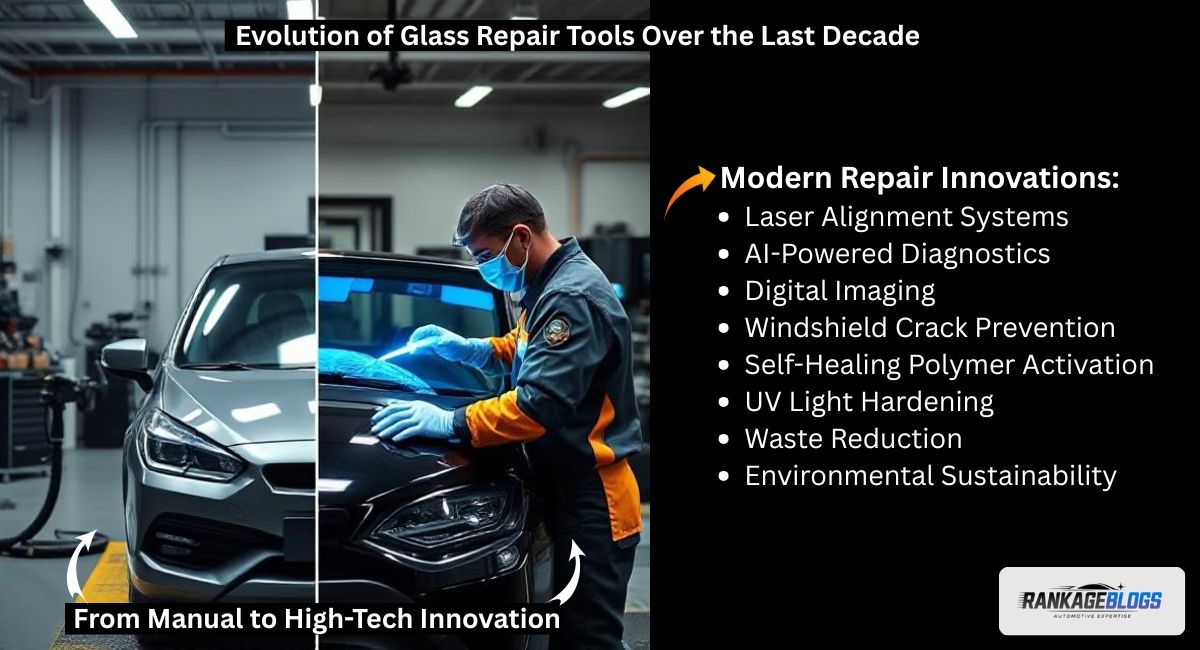
Ten years ago, tools lacked the precision found in today’s Advanced Auto Glass Repair Technologies, which use laser alignment and AI-powered diagnostics.
Today, workshops use laser alignment systems (equipment that uses focused light to ensure perfect positioning), AI-powered scanners, and digital imaging to identify and fix damage. These tools make repairs faster and ensure better quality, especially for windshield crack prevention innovations.
Repair kits now include self-healing polymer activation by sunlight, a feature in self-repairing windshields that allows technicians to restore glass without full replacement. This process works because the polymer hardens under UV light to fill cracks. It reduces waste and improves the environmental impact of repairs, aligning with growing U.S. sustainability goals.
Advancements in Glass Manufacturing for Better Durability and Clarity
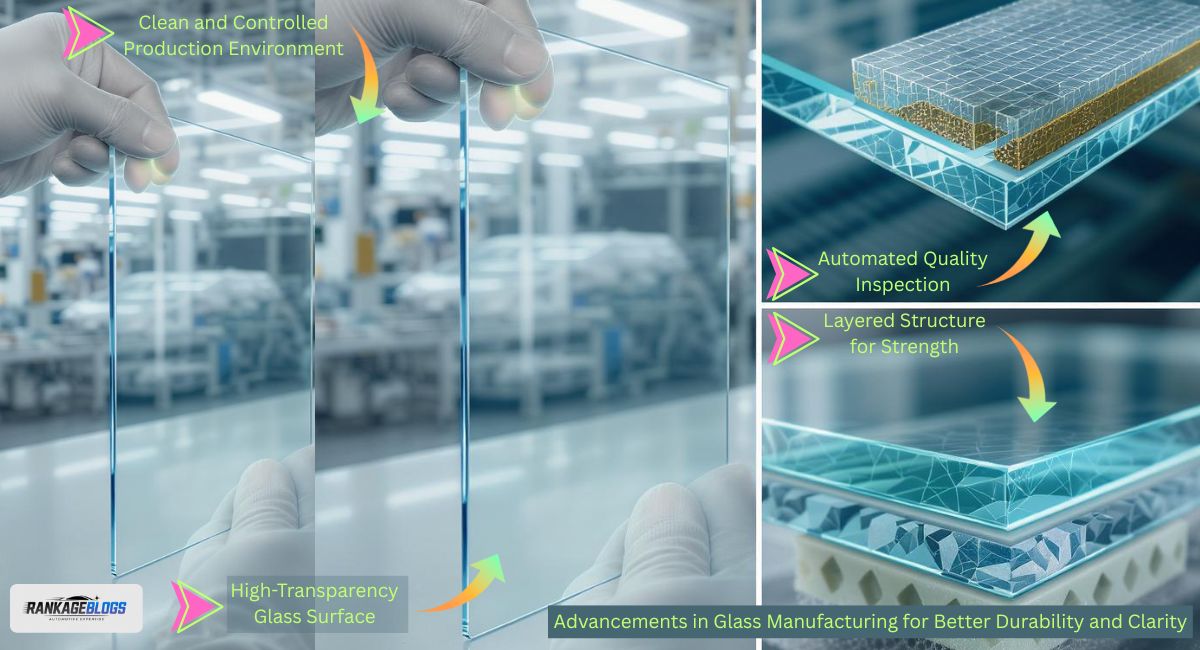
Manufacturers in the U.S. utilize new composites and coatings driven by Advanced Auto Glass Repair Technologies to create crack-resistant auto glass. Self-healing glass polymer properties improve clarity and prevent micro-scratches from becoming larger cracks. The production process now includes UV and glare control smart glass for enhanced visibility, even in bright sunlight.
High-durability laminated glass also helps maintain structural integrity during collisions. This type of glass can withstand extreme temperatures and is particularly popular in regions with harsh weather conditions such as snowy northern states or hot southern climates.
Latest Innovations in Windshield Technology for Enhanced Safety
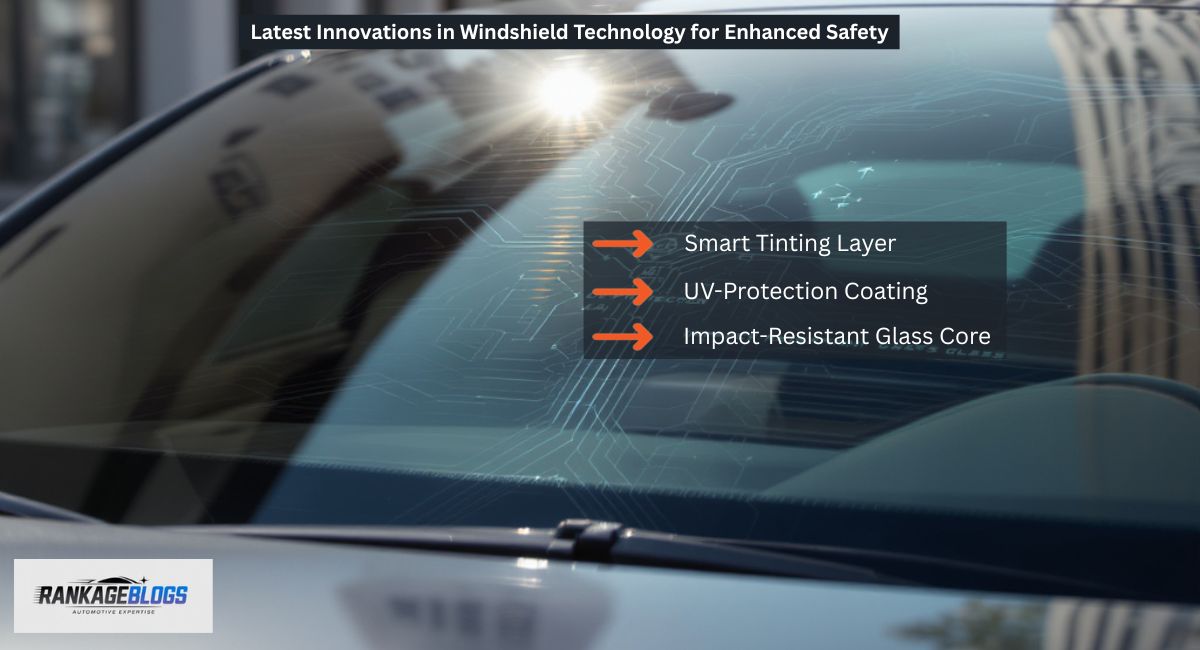
Windshields developed through Advanced Auto Glass Repair Technologies offer more than visibility. They integrate closely with vehicle safety systems. Road safety through windshield technology now includes built-in sensors (tiny devices embedded in glass to detect and respond to hazards), night vision displays, and collision warnings. Automatic tint adjustment windshields change their darkness automatically based on sunlight, reducing glare and improving driver reaction time.
The table below shows popular features in modern U.S. windshields:
| Feature | Benefit |
| Smart tinting technology for cars | Reduces glare, improves comfort |
| UV-protection smart glass | Shields from harmful rays |
| Impact-resistant vehicle glass | Minimizes damage from road debris |
How Smart Windshields Are Changing the Driving Experience
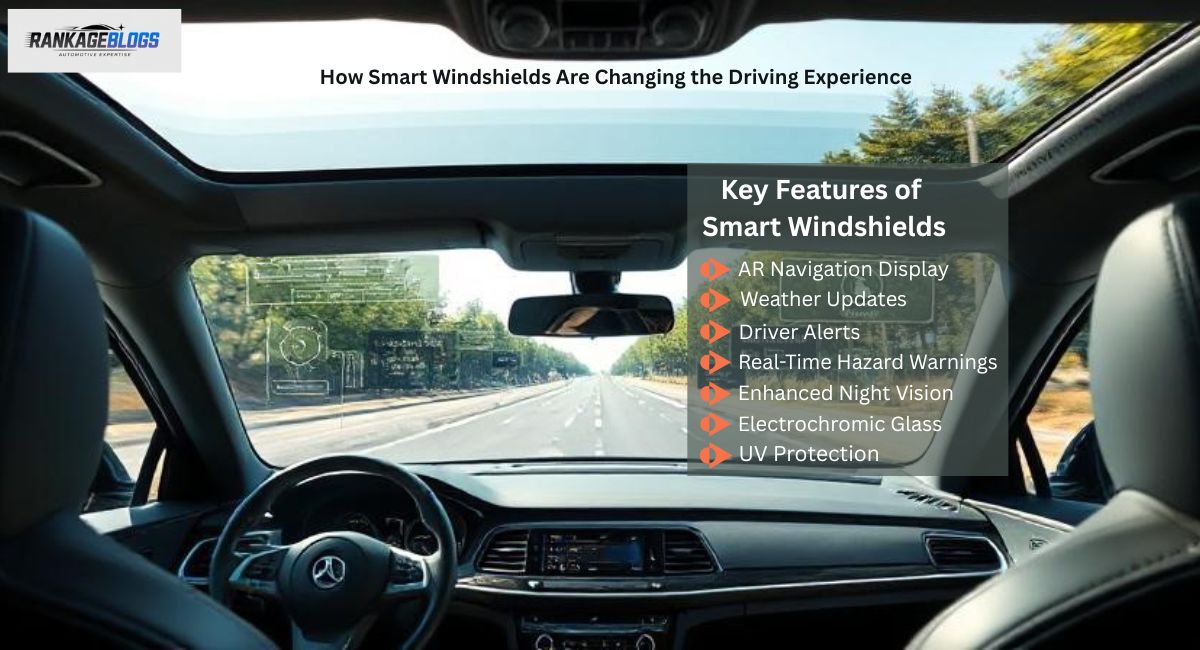
Smart glass technology in vehicles integrates AR navigation (digital directions projected onto the windshield), weather updates, and driver alerts directly onto the glass. This improves focus and reduces distractions. Drivers in the U.S. benefit from real-time hazard warnings and better night-time vision.
The inclusion of electrochromic glass in cars—glass that changes transparency when electricity is applied—allows for automatic tint control, adjusting transparency based on sunlight levels. This not only improves comfort but also protects vehicle interiors from UV damage.
Smart Glass
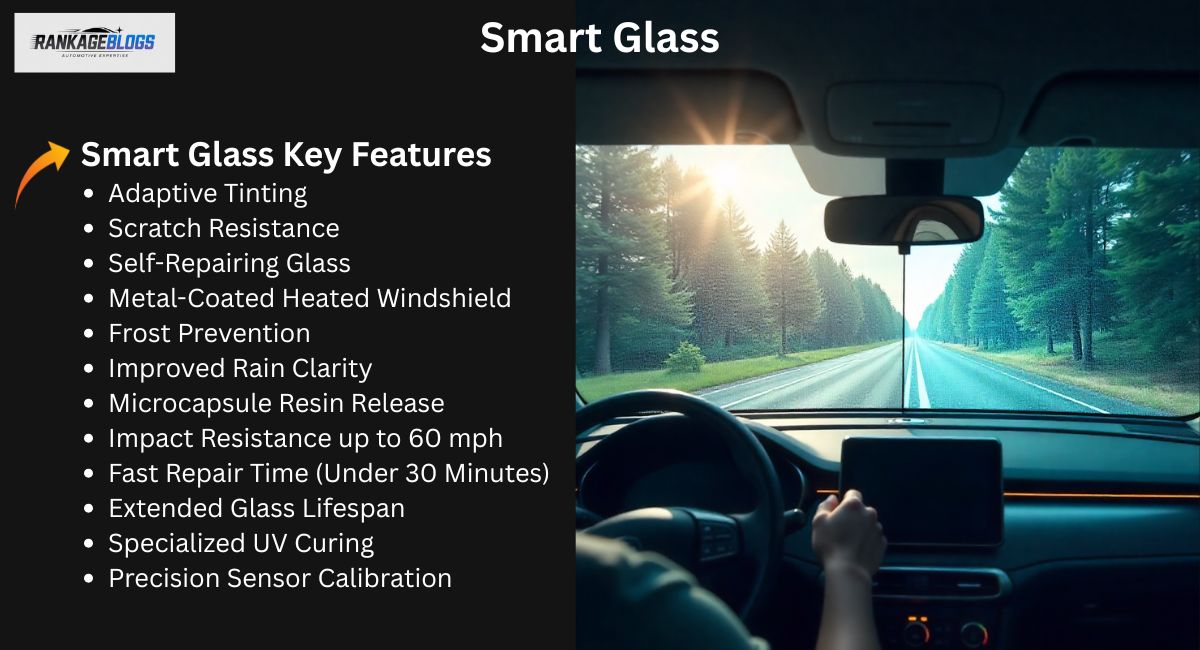
Smart auto glass is transforming vehicle design. It offers enhanced driver visibility solutions by adapting to environmental conditions. For example, it may darken in bright light or clear up in low light. U.S. drivers now enjoy windows and windshields that change tint, resist scratches, and even repair themselves.
Hyundai’s Metal-Coated Heated Windshield
This technology uses a thin metal layer that conducts heat to prevent frost buildup in cold climates and improve clarity in rain. Many American drivers in northern states rely on it for safer winter driving.
Technical Explanation of Self-repairing Polymers
These polymers contain microcapsules—tiny sealed bubbles—that release resin when cracks form.
The resin hardens under sunlight, restoring the glass surface to near-original condition.
Material Composition Comparisons (Traditional vs. Smart vs. Invincible Glass)
Traditional glass is heavy and prone to damage. Invincible windshield technology offers unmatched durability by using layered composites, while smart glass balances strength, clarity, and advanced features like tinting.
Performance benchmarks (impact resistance ratings, repair time, lifespan)
Invincible windshield durability tests show some materials withstanding impacts of up to 60 mph without shattering. Here, impact resistance ratings measure how well the glass absorbs force or collisions without breaking, ensuring driver safety.
Repair times have dropped from hours to under 30 minutes thanks to advanced curing techniques, with repair time meaning the duration needed to complete the repair process efficiently. The lifespan of these advanced glass materials, which indicates how long the glass remains functional before needing replacement, has also improved significantly, reducing overall maintenance costs and inconvenience for vehicle owners.
Special repair techniques for smart glass in Advanced Auto Glass Repair Technologies
Technicians applying Advanced Auto Glass Repair Technologies use specialized UV curing devices and precise calibration tools for smart glass technology in vehicles, ensuring sensors and tinting work perfectly after repairs.
New Treatments to Enhance Windshield Resistance to Scratches and Chips

Nanocoatings—extremely thin protective layers at the molecular level—now make scratch-proof car windows possible. These coatings repel dirt, resist chips, and keep glass clear longer. Many U.S. repair shops offer these treatments as an affordable add-on.
Some advanced coatings even incorporate self-repairing windshields capabilities, healing small scratches automatically over time through built-in polymers.
AI-Powered Damage Detection & Digital Imaging
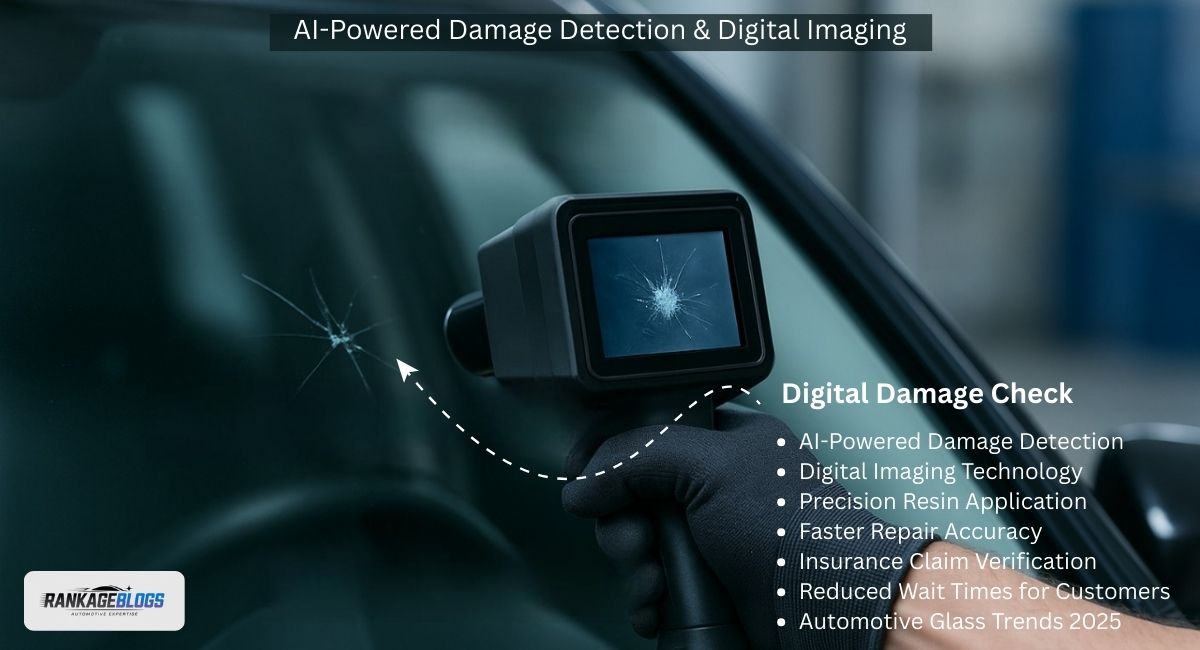
AI systems, or artificial intelligence programs, analyze glass damage faster than human inspection. Automotive glass trends for 2025 show a rise in AI use for repair accuracy. Digital imaging captures detailed pictures so technicians can apply resin with pinpoint precision.
These tools also help insurance companies verify claims quickly, reducing wait times for U.S. customers.
ADAS Calibration – Why Precision Is Everything in Advanced Auto Glass Repair Technologies
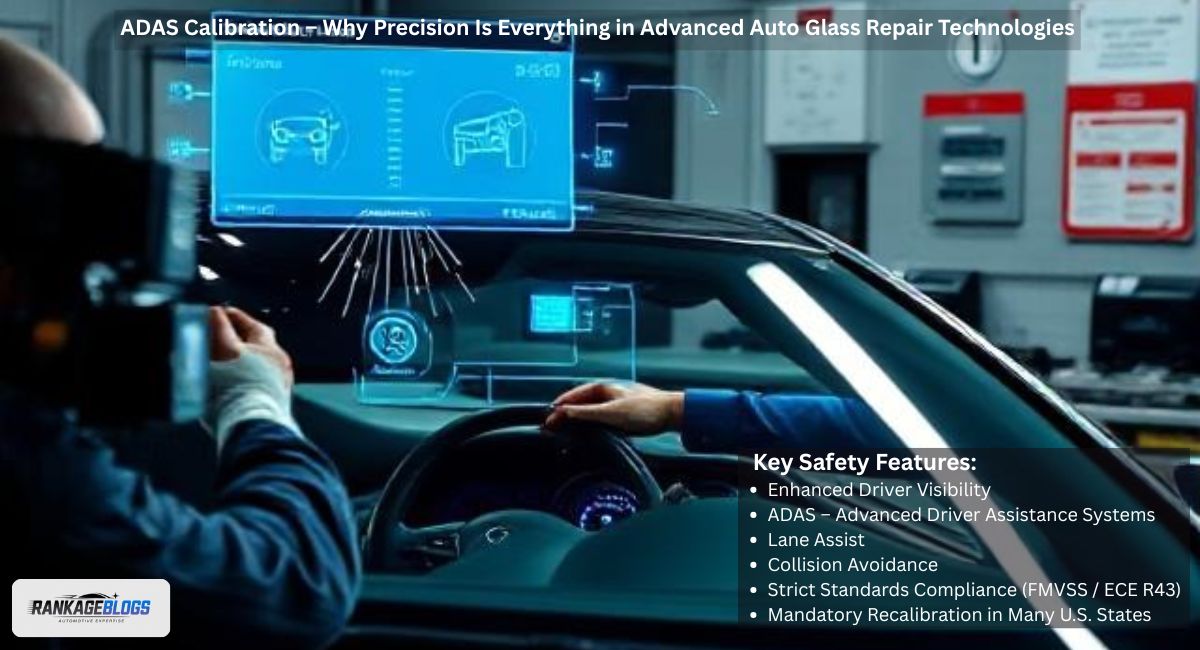
Enhanced driver visibility solutions rely heavily on proper ADAS calibration. ADAS, short for Advanced Driver Assistance Systems, controls features like lane assist and collision avoidance. Without accurate calibration, these systems may fail.
This is why technicians follow strict standards like FMVSS or ECE R43. Inaccurate calibration can increase accident risk, so recalibration is now mandatory in many U.S. states after glass replacement.
The Rise of Smart Resin Formulas for Stronger Repairs
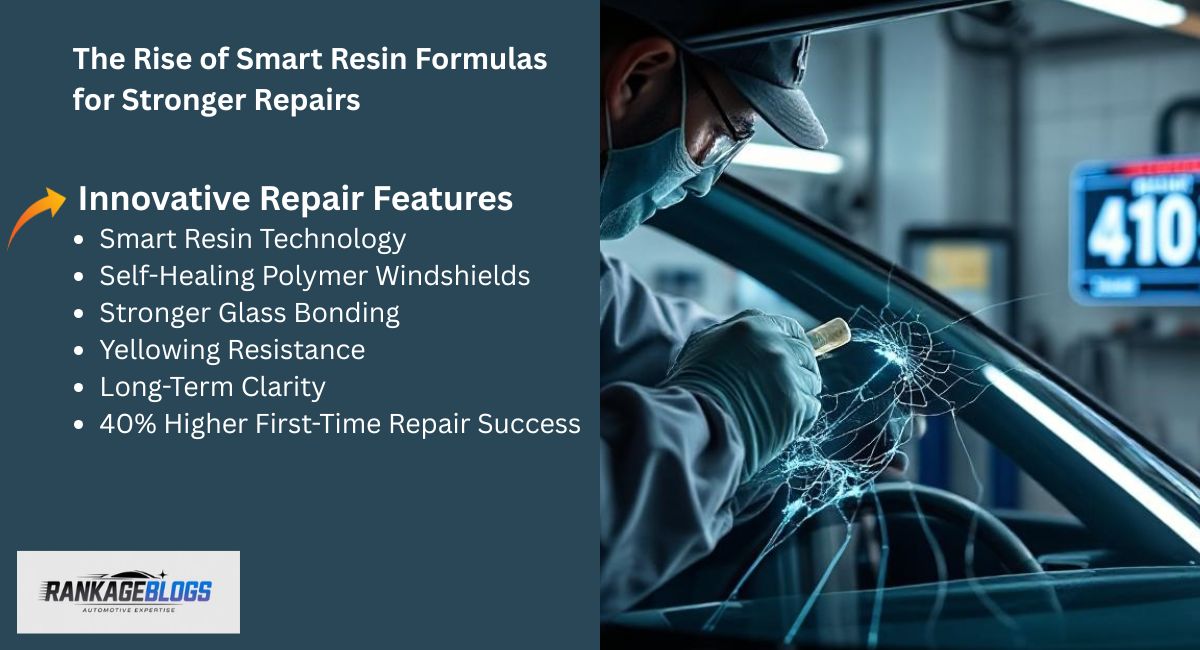
Smart resins used in Advanced Auto Glass Repair Technologies for self-healing polymer windshields, a type of self-repairing windshield, bond more tightly with glass, restoring the original strength effectively.
These resins are special chemical mixtures that resist yellowing and maintain clarity over time. Repair shops in the U.S. report a 40% increase in first-time repair success rates with these resins compared to older formulas.
Laser-Based Crack Stop Methods: The Future of Structural Glass Repair
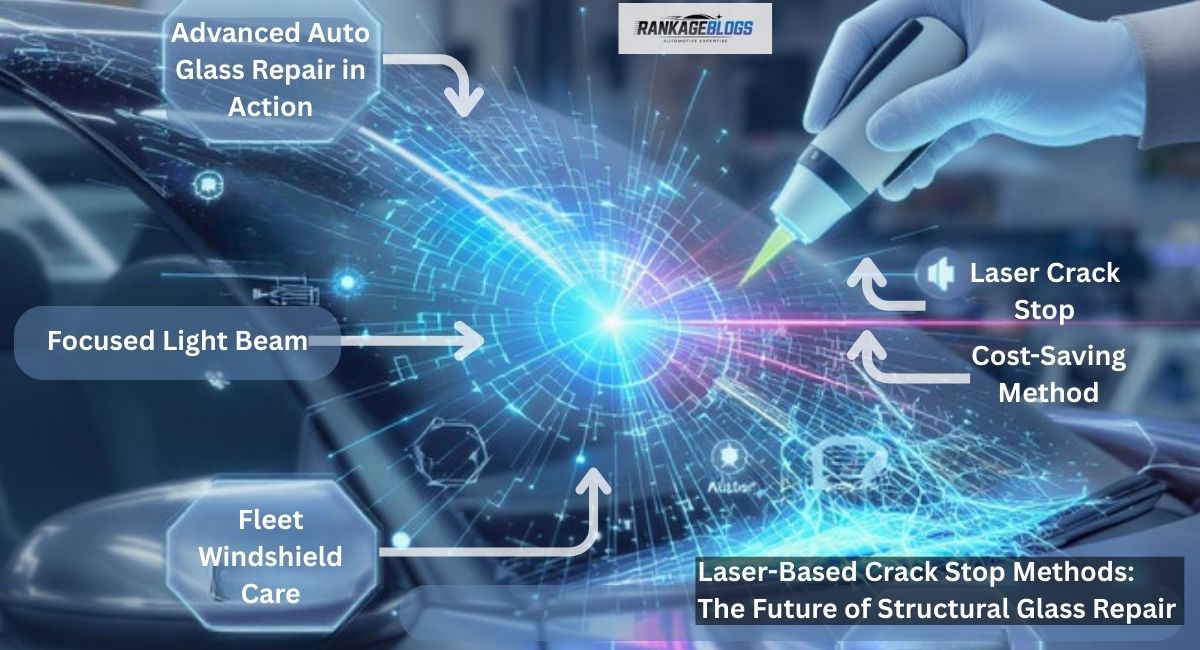
Laser technology, a breakthrough in Advanced Auto Glass Repair Technologies, uses focused light beams to instantly stop cracks from spreading. This method is precise, fast, and leaves almost no visible marks.
American truck fleets use this method to avoid costly windshield replacements and keep vehicles on the road longer.
Portable UV Curing Systems for On-Site Efficiency
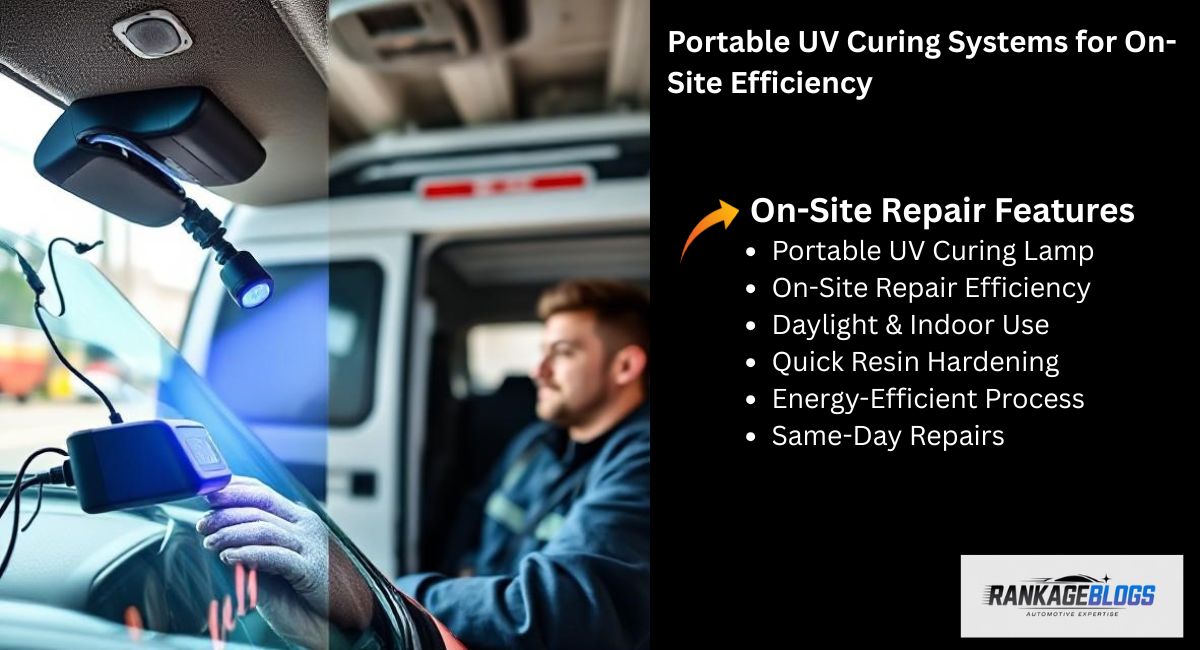
Mobile repair teams implementing Advanced Auto Glass Repair Technologies use compact UV curing lamps to fix chips and cracks anywhere with on-site efficiency. These devices work in daylight and indoors, hardening resin quickly through ultraviolet light.
The process is energy-efficient and allows same-day repairs for busy drivers.
Hybrid Repair Techniques: Combining Traditional and High-Tech Methods
Some repairs now use a hybrid approach combining resin injection with new methods developed through Advanced Auto Glass Repair Technologies to prevent windshield cracks.
This hybrid method extends glass life and reduces future repair needs.
Technicians often choose this approach for complex damage that spans multiple glass layers.
Innovations in Windshield Repair
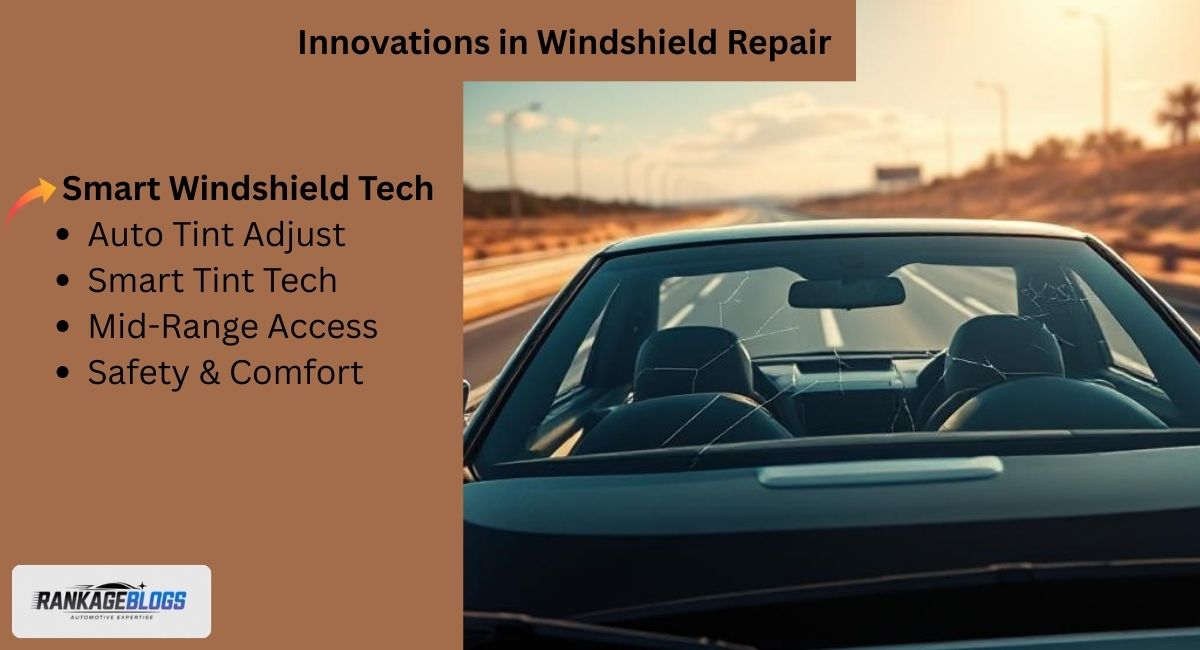
Recent developments in Advanced Auto Glass Repair Technologies 2025 include automatic tint adjustment windshields and smart tinting technology for cars. These features are now appearing in mid-range U.S. vehicles, not just luxury models.
The goal is to make safety and comfort available to all drivers, regardless of budget.
Training Requirements for Technicians in 2025
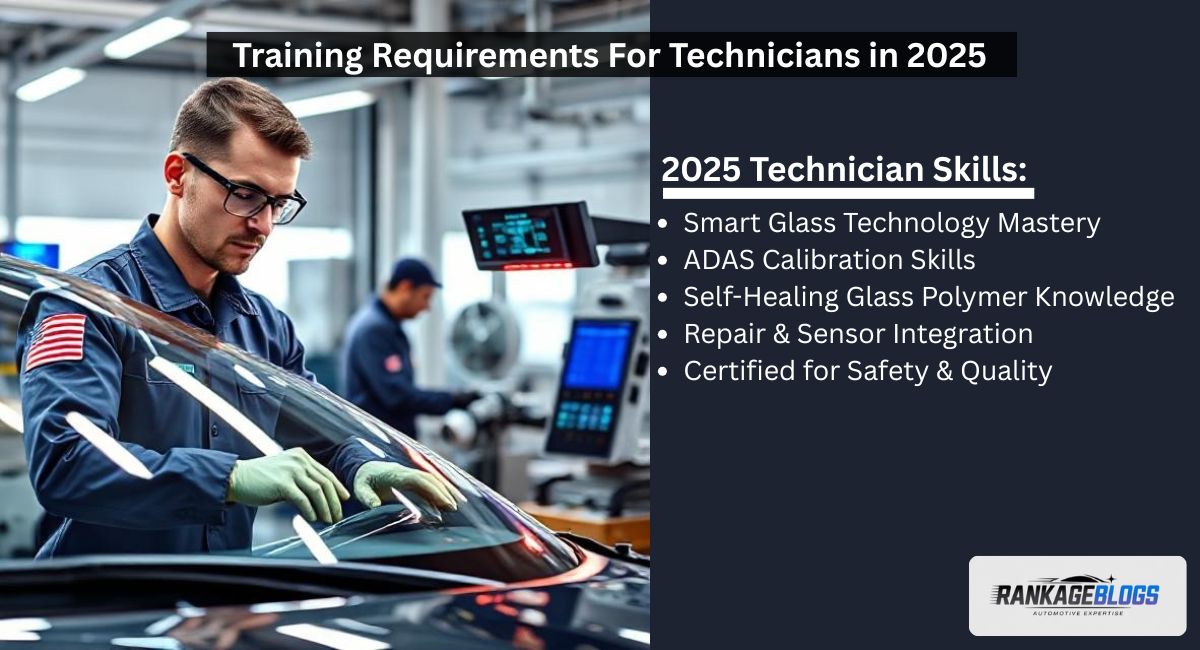
U.S. technicians must master smart glass technology in vehicles and ADAS calibration. Certification programs now include modules on self-healing glass polymer properties, teaching repair and sensor integration.
This training ensures customers receive top-quality, safe repairs every time.
Standards like FMVSS or ECE R43 for New Windshield Technologies
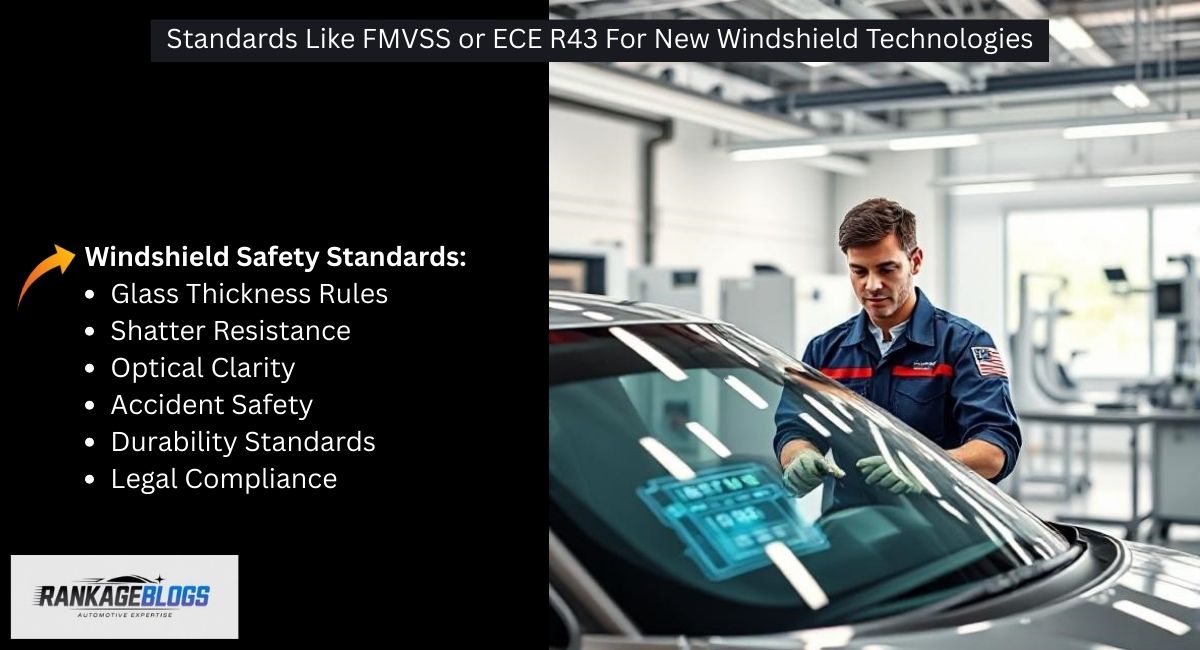
The FMVSS (Federal Motor Vehicle Safety Standards) in the U.S. and ECE R43 (Economic Commission for Europe Regulation No. 43) internationally set strict safety guidelines for glass thickness, shatter resistance, and optical clarity. ECE R43 aims to ensure that automotive glass is safe, durable, and provides clear vision by regulating how glass should behave in accidents, preventing dangerous shards. Compliance with these standards is essential for manufacturers and repair shops to guarantee safety and legal approval.
These standards protect drivers by ensuring impact-resistant vehicle glass performs in real-world conditions.
Examples of Vehicle Models Already Using Advanced Glass Repair Tech
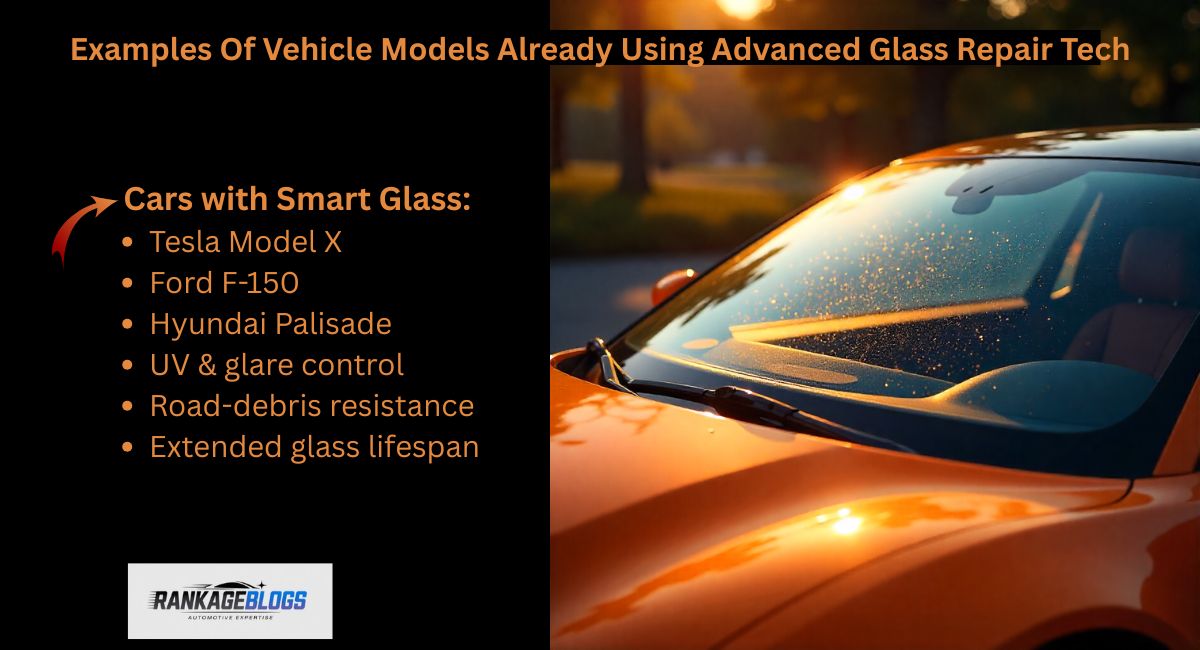
Models like the Tesla Model X, Ford F-150, and Hyundai Palisade come with UV and glare control smart glass and road-debris resistant windshields.
These technologies reduce maintenance needs, improve driving safety, and extend glass lifespan.
Carbon Footprint Reduction from Green Production
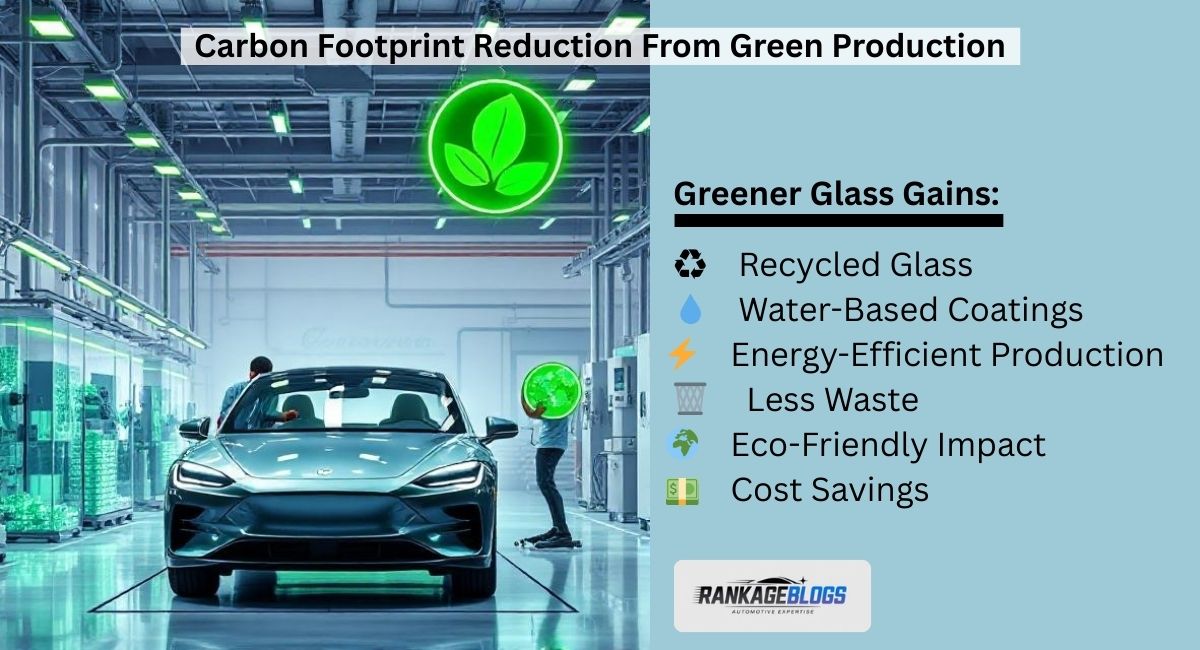
Manufacturers are reducing emissions by using recycled glass, water-based coatings, and energy-efficient production lines. Reduced windshield replacement needs also cut waste, since fewer windshields are thrown away.
This shift toward sustainability benefits both the planet and the consumer’s wallet.
Conclusion
The rapid evolution of Advanced Auto Glass Repair Technologies is transforming how vehicle owners, manufacturers, and repair professionals approach windshield safety and durability. From smart glass technology in vehicles to self-healing glass polymer properties, these innovations are not only extending the lifespan of auto glass but also enhancing road safety for millions of drivers. By integrating AI diagnostics, laser-based repair methods, and eco-conscious manufacturing, the industry is reducing the need for frequent replacements, cutting down waste, and delivering stronger, smarter, and safer windshields.
Final Thoughts
The automotive world is entering an era where a road debris resistant windshield is no longer a luxury but a standard. These advancements signal a future where drivers can expect invincible windshield durability tests to become the norm, UV and glare control smart glass to protect eyes and improve comfort, and enhanced driver visibility solutions to save lives. As technology progresses, staying informed about automotive glass trends will help vehicle owners make better choices — ensuring safety, sustainability, and smarter driving for years to come.
FAQs
What is the future of auto glass?
The future lies in smart, self-healing, and impact-resistant glass with AI-powered repair and ADAS integration.
What is the job outlook for automotive glass installers and repairers?
The demand is steady, with growth driven by advanced windshield technology adoption.
What is the best company to replace windshields?
Safelite is the most recognized nationwide, though local specialists may offer competitive service.
Does Safelite do ADAS calibration?
Yes, Safelite offers ADAS calibration along with windshield replacement.
How much does ADAS calibration cost?
Costs range from $100 to $1000 depending on vehicle type and calibration method.
Does insurance cover ADAS calibration?
Often yes, if it’s part of a covered windshield replacement claim.
Do I need to recalibrate my ADAS if I replace my windshield?
Yes, replacing the windshield typically requires recalibrating ADAS sensors.
Should I tip windshield replacement?
It’s optional but appreciated for excellent service.
How long does glass repair take to dry?
Resin curing usually takes 30 minutes to an hour, depending on the method.
Does glass repair make your insurance go up?
Generally no, especially if you have comprehensive coverage.
What does $500 deductible with full glass mean?
You pay the first $500 of the repair/replacement cost, and insurance covers the rest.
How much does a new windshield cost?
Most cost $200–$500, but advanced or luxury vehicle glass can exceed $1,000+.

